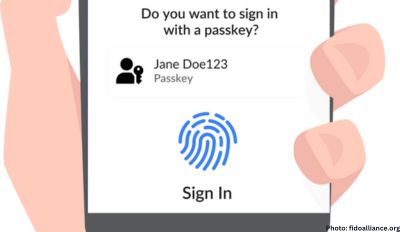In an era dominated by technology, children are becoming increasingly reliant on phones, tablets, televisions, and computers. Research reveals that, on average, schoolchildren spend a staggering seven and a half hours a day in front of screens, transforming them into what is now termed “iPad Kids.”
The allure of gadgets and their potential as parenting aids has inadvertently led to a generation glued to screens. The implications of such unrestricted access to screen time and how parents can navigate this digital addiction for a more balanced upbringing are critical considerations. Psychological research highlights how easily a child can become a screen addict and how the damage of extensive screen time can be reversed.
What Turns A Child Into An ‘iPad Kid’?
A study published in the journal Pediatrics sheds light on the prevalence of technology in households and early exposure of children to screens. By age 4, half of the children in the sample had their own television, and around three-fourths possessed their own mobile devices. Most concerning was the finding that most children started using mobile devices for entertainment before the age of 1.
Parents attribute their extensive allowance of screen time to keeping children occupied during household chores, facilitating smoother bedtime routines, and maintaining calmness. This trend appears fueled by a societal shift in parenting norms, where screens become a convenient tool for managing children’s behavior and occupying their time. The ease with which a tablet can pacify a restless child might be causing parents to overlook the long-term impact of excessive screen time.
“When screens become the default solution to boredom, tantrums, or moments of unrest, children risk losing touch with the world around them,” warns the article.
The Effects Of Excessive Screen Time On Children
A study from the Australasian Journal of Early Childhood underscores the importance of distinguishing between active and passive screen time when evaluating technology’s impact on children. Active screen time, involving physically or cognitively engaging activities, has positive effects, improving fitness, academic performance, attention regulation, problem-solving, and socialization.
On the contrary, passive screen time, involving sedentary screen-based activities or media consumption, can be detrimental, linked to issues like childhood obesity, attentional problems, cognitive development issues, and language skill deficits. While not all screen-based activities are necessarily harmful, signs of an unhealthy obsession with passive screen time, such as persistent resistance to non-screen activities, difficulty transitioning, and increasing preoccupation with digital content, should prompt a reassessment of screen habits.
How To Regulate Your Child’s Screen Time
Parenting in the digital age requires an empathetic, understanding, and patient approach to regulating a child’s screen time. Research emphasizes the benefits of a “screen-free week” as a transformative starting point for parents attempting to balance technology use in their children’s lives.
During a screen-free week, parents can reflect on the impact of reduced screen time on their child’s behavior, mood, and family dynamics. Based on observations, age-appropriate limits for screen time can be set, considering the developmental needs of the child. Key recommendations for regulating screen time include:
1.Establish clear boundaries:Introduce unsupervised screen time only after age two, prioritizing high-quality educational content. As the child grows, set age-appropriate daily screen time limits and use parental controls to ensure content aligns with values and age suitability.
2.Lead by example:Demonstrate healthy screen habits by modeling limited and purposeful screen use. Actively engage in non-screen activities to emphasize the importance of balance.
- Engage in joint activities:Encourage face-to-face interactions through activities like board games, outdoor play, or family outings. Using technology with the child when necessary allows modeling healthy screen time while spending quality time together.
4.Empower your child:Encourage the child to take an active role in managing their screen time by using technology itself. Teach them to set timers for daily screen sessions, instilling valuable time-management skills and a sense of responsibility.
5.Create screen-free zones:Designate specific areas in the home where screens are not allowed, promoting a balance between tech and non-tech environments.
Conclusion
Raising an “iPad Kid” may seem like an unintended consequence of the digital age, but it’s never too late to reshape their relationship with technology. Understanding the impact of excessive screen time and implementing practical strategies to regulate it can nurture a more balanced childhood. Prioritizing family interactions, outdoor play, and shared experiences paves the way for a future generation that is not only tech-savvy but also emotionally resilient and socially adept.











